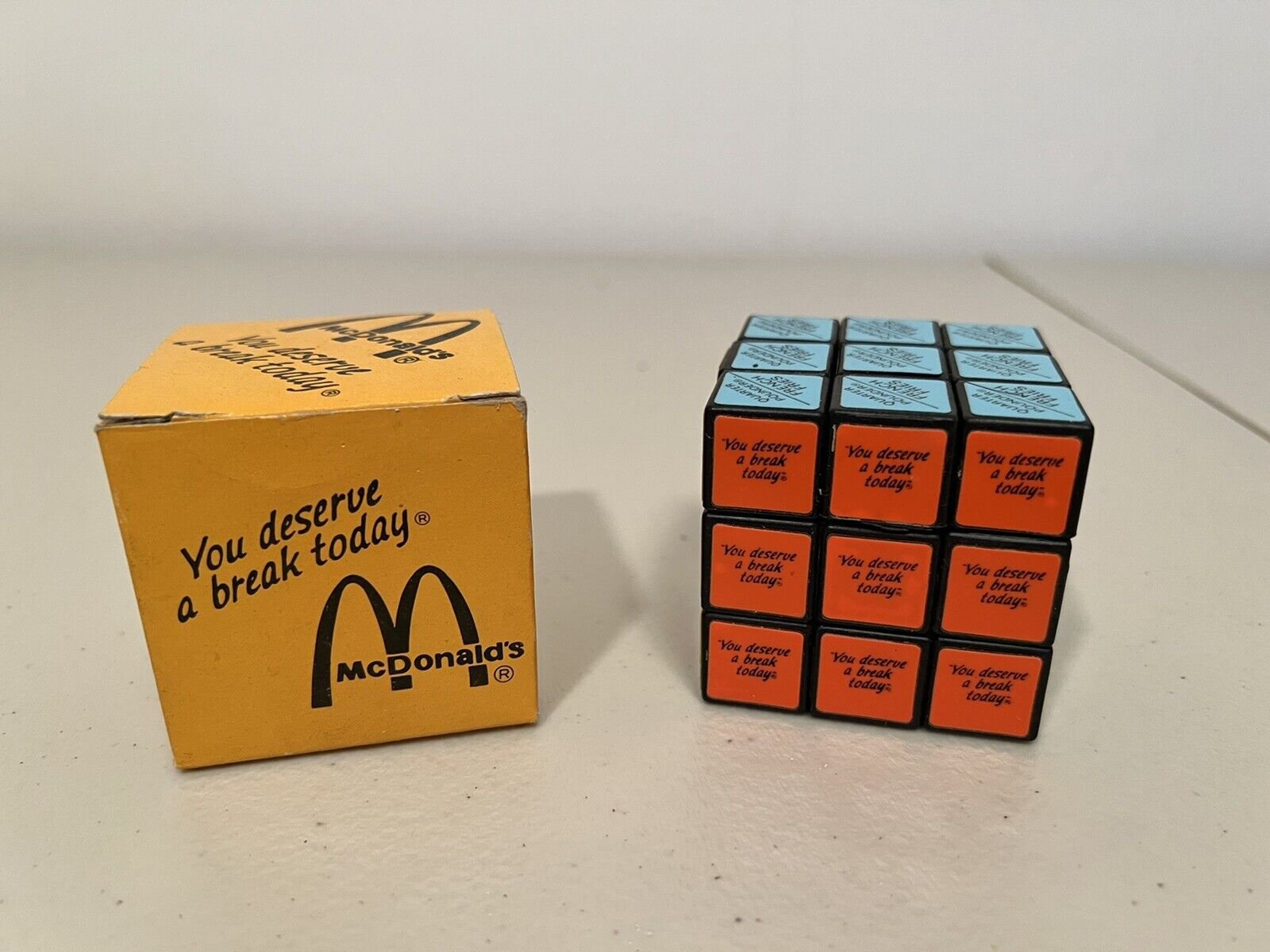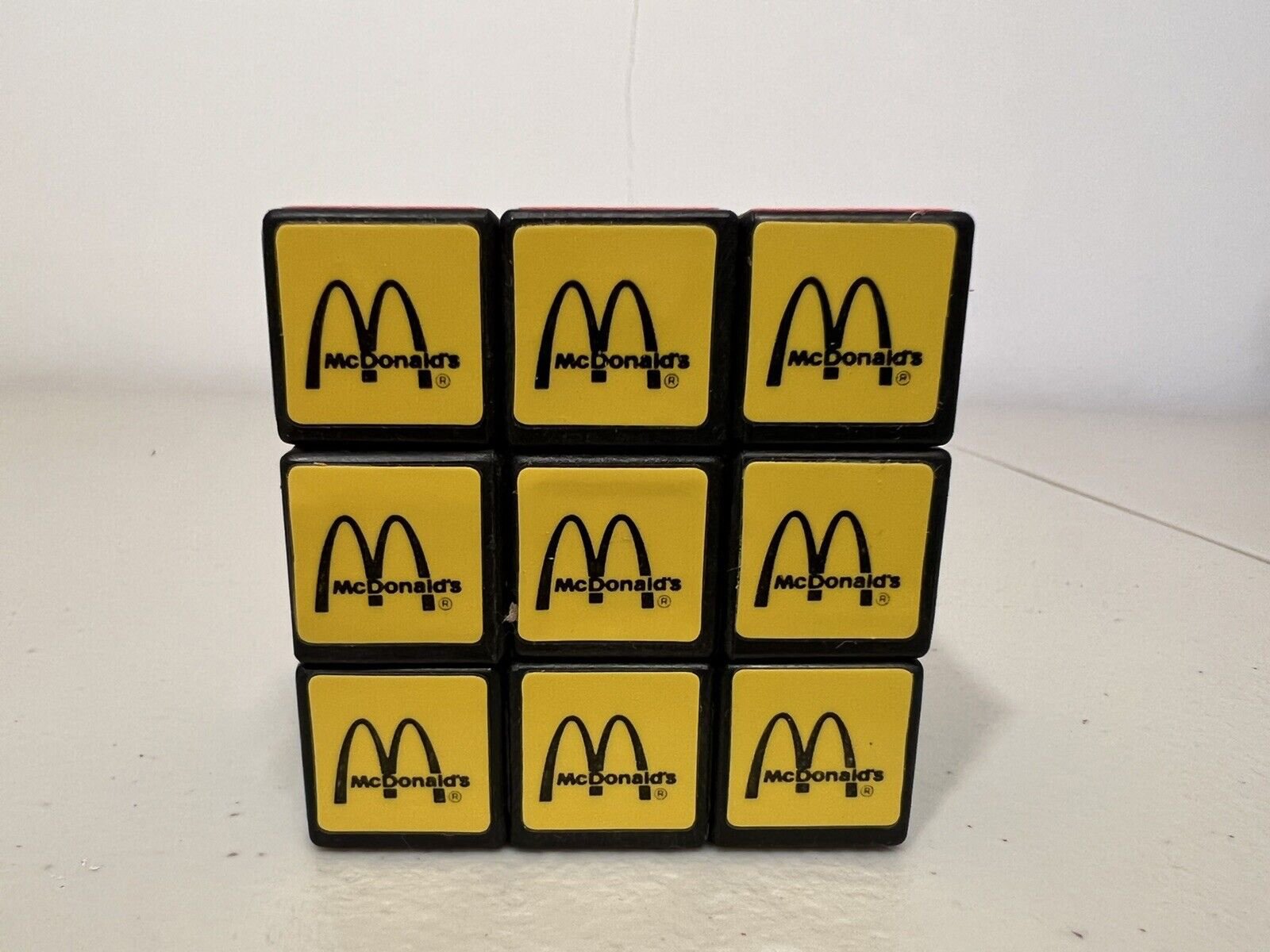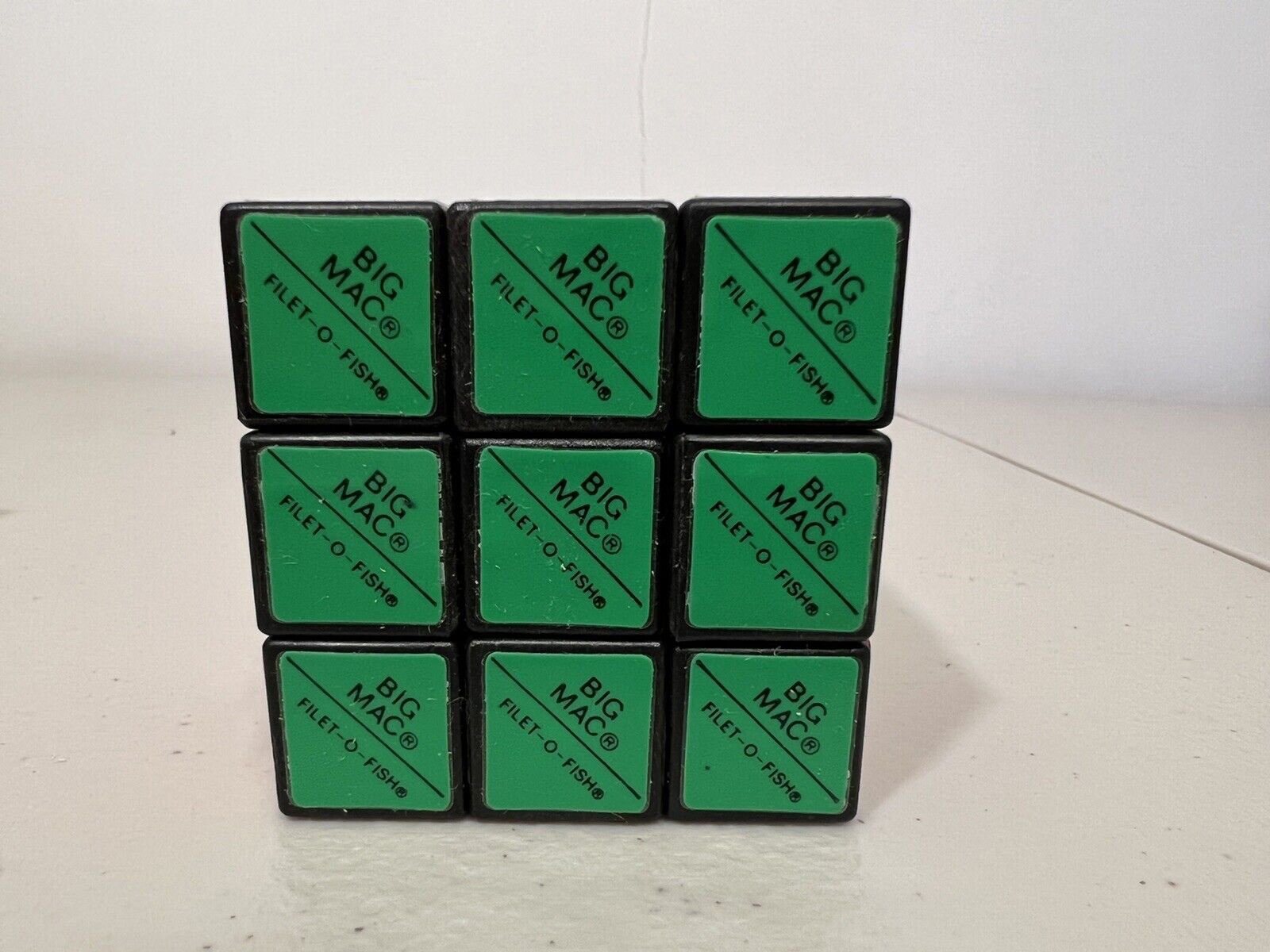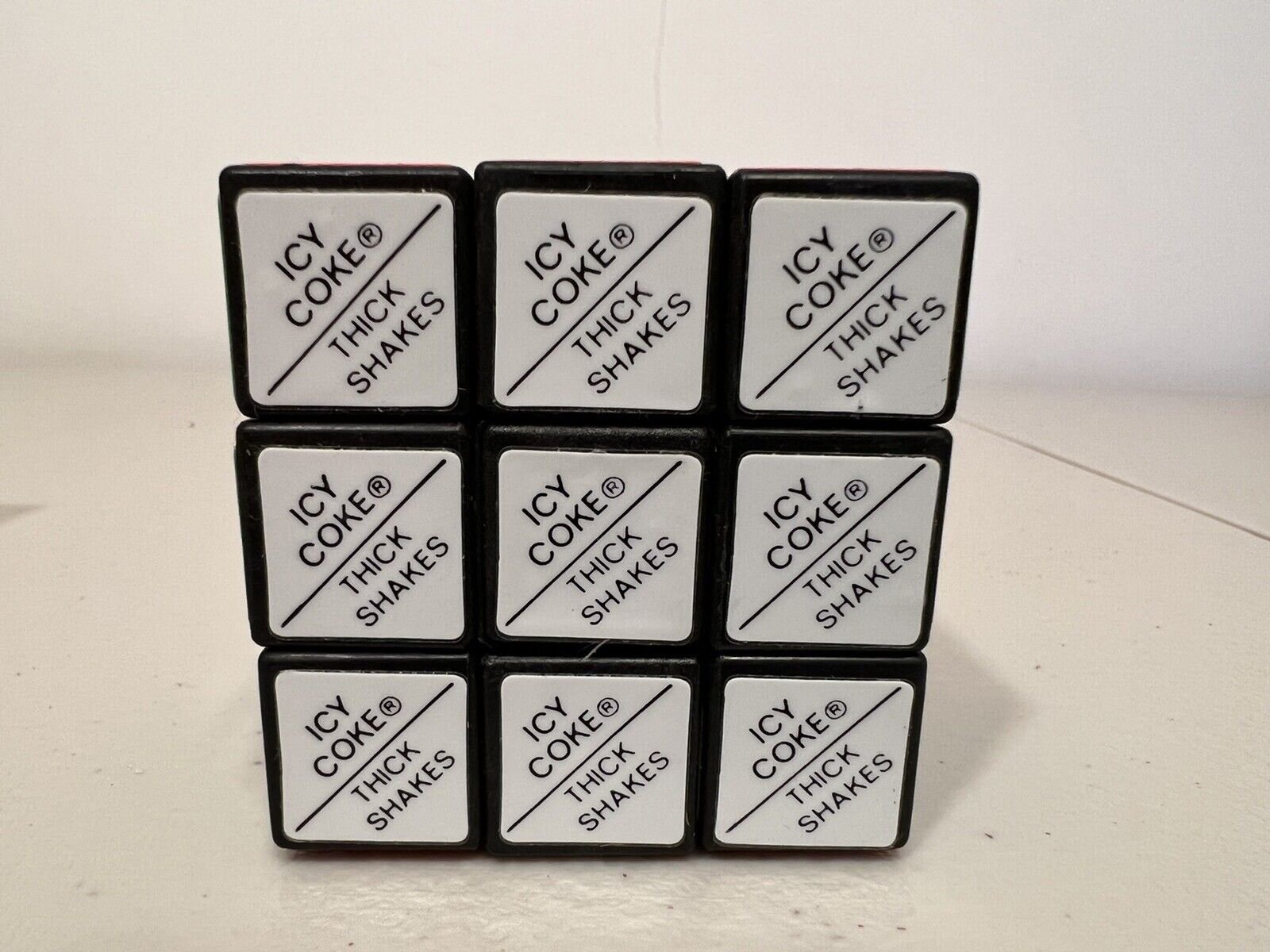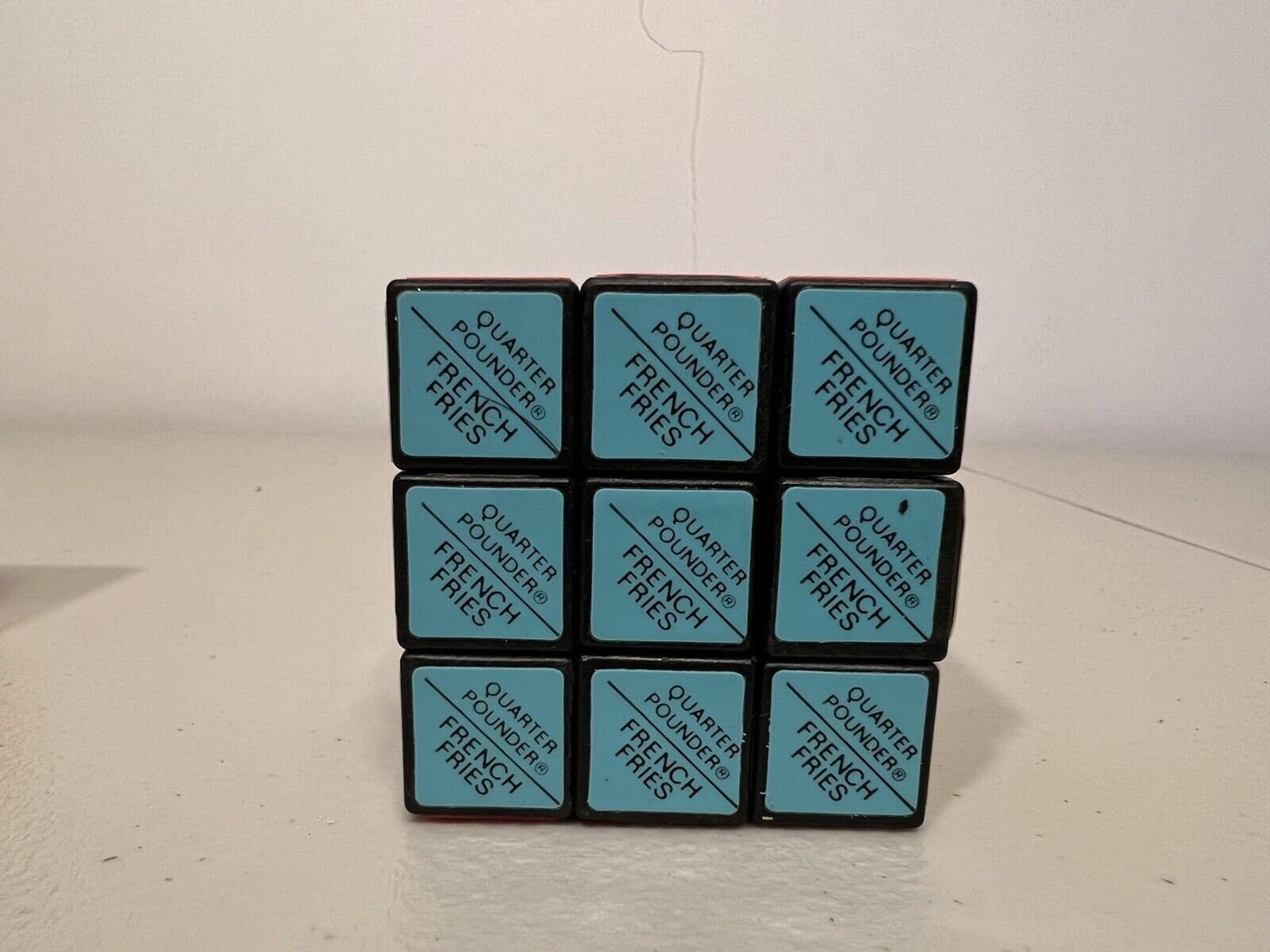Mind Sport
Rubik’s Cube
Published: 11/16/2022
Compiled By: Andrew Neyer
The Rubik’s Cube is a 3-D combination puzzle originally invented in 1974 by Hungarian sculptor and professor of architecture Ernő Rubik. Originally called the Magic Cube, the puzzle was licensed by Rubik to be sold by Ideal Toy Corp in 1980 via businessman Tibor Laczi and Seven Towns founder Tom Kremer. The cube was released internationally in 1980 and became one of the most recognized icons in popular culture. It won the 1980 German Game of the Year special award for Best Puzzle. As of January 2009, 350 million cubes had been sold worldwide, making it the world’s bestselling puzzle game and bestselling toy.
Speedcubing (also known as speedsolving, or cubing) is a mind sport involving solving a variety of combination puzzles, the most famous being the 3x3x3 puzzle or Rubik’s Cube, as quickly as possible.
As of October 2022, the 3x3x3 world record single is 3.47 seconds, held by Yusheng Du. The 3x3x3 world record average is 4.86 seconds, tied by Max Park and Tymon Kolasinski.
Rubik’s Invention
In the mid-1970s, Ernő Rubik worked at the Department of Interior Design at the Academy of Applied Arts and Crafts in Budapest. Although it is widely reported that the Cube was built as a teaching tool to help his students understand 3D objects, his actual purpose was solving the structural problem of moving the parts independently without the entire mechanism falling apart. He did not realize that he had created a puzzle until the first time he scrambled his new Cube and then tried to restore it. Rubik applied for a patent in Hungary for his “Magic Cube” (Hungarian: Bűvös kocka) on 30 January 1975, and HU170062 was granted later that year.
The first test batches of the Magic Cube were produced in late 1977 and released in Budapest toy shops. Magic Cube was held together with interlocking plastic pieces that prevented the puzzle being easily pulled apart, unlike the magnets in Nichols’s design. With Ernő Rubik’s permission, businessman Tibor Laczi took a Cube to Germany’s Nuremberg Toy Fair in February 1979 in an attempt to popularise it. It was noticed by Seven Towns founder Tom Kremer, and they signed a deal with Ideal Toys in September 1979 to release the Magic Cube worldwide. Ideal wanted at least a recognisable name to trademark; that arrangement put Rubik in the spotlight because the Magic Cube was renamed after its inventor in 1980. The puzzle made its international debut at the toy fairs of London, Paris, Nuremberg, and New York in January and February 1980.
Solutions
Many 3×3×3 Rubik’s Cube enthusiasts use a notation developed by David Singmaster to denote a sequence of moves, referred to as “Singmaster notation”. Its relative nature allows algorithms to be written in such a way that they can be applied regardless of which side is designated the top or how the colours are organised on a particular cube.
F (Front): the side currently facing the solver
B (Back): the side opposite the front
U (Up): the side above or on top of the front side
D (Down): the side opposite the top, underneath the Cube
L (Left): the side directly to the left of the front
R (Right): the side directly to the right of the front
When a prime symbol ( ′ ) follows a letter, it denotes an anticlockwise face turn, while a letter without a prime symbol denotes a clockwise turn. These directions are as one is looking at the specified face. A letter followed by a 2 (occasionally a superscript 2) denotes two turns, or a 180-degree turn. R is right side clockwise, but R′ is right side anticlockwise.
Solution Guide
• Mindset is critical - learning to solve the Rubik’s Cube is difficult but if you persevere, you can solve the Rubik’s Cube.
• Think of the algorithms as moving a piece out of the way, setting up its correct position, and then moving the piece into that place.
• Master one layer by re-scrambling your Rubik’s Cube and practicing multiple times before moving on to the next layer.
• Learn songs and chants to help you memorize the algorithms.
• Use this guide along with the videos on Rubiks.com showing each solving stage.
Context
Origin story of Rubik’s Cube
Speedcubers, Netflix
World Records for Speedcubing (Nov. 2022)
Patent drawings for Rubik’s Cube
Prototype of Ernō Rubik’s first cube
Thoughts
– Why do you think this puzzle has been so successful?
– Have you ever really tried to solve Rubik’s Cube?
– What puzzle in your life needs a solution?





